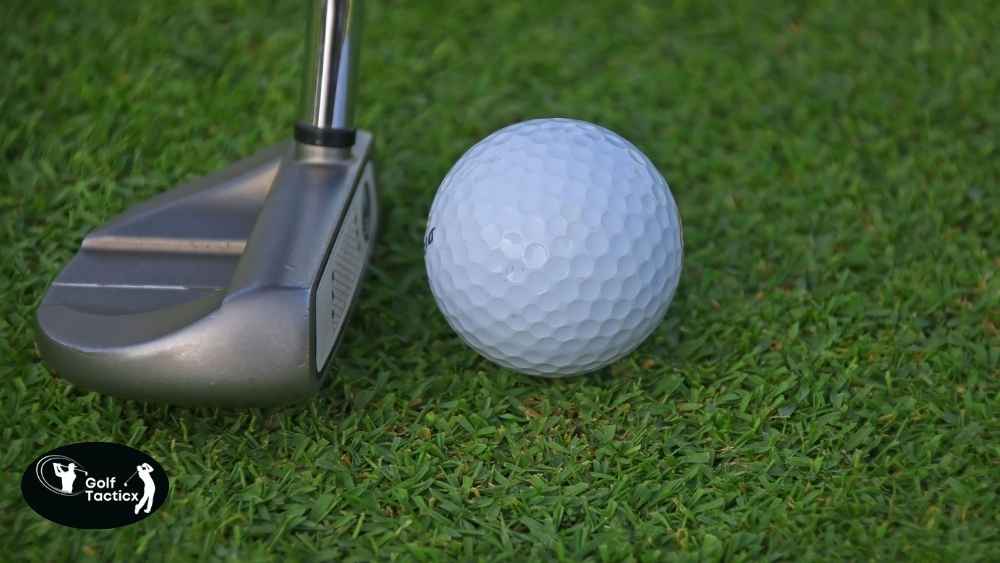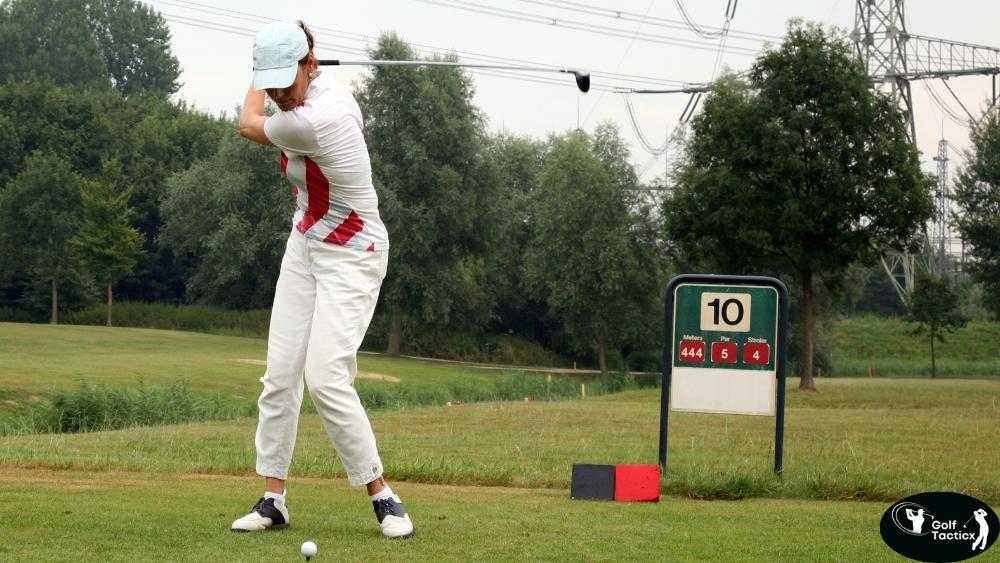In our previous posts, we’ve covered refining your putting stroke, reading greens like a pro, and mastering speed control. Now, let’s tackle a crucial aspect of putting: handling pressure putts during competition. Mastering this skill can make the difference between winning and losing, especially in tight matches.
Pressure putts in golf often come at the most intense moments on the final hole, during a playoff, or when you’re trying to save par after a tough approach. These putts test not only your technique but also your mental toughness.
Even experienced golfers can feel their hands shake or their thoughts race when faced with a must-make putt. That’s why developing a reliable pre-shot routine and practicing under simulated pressure can help you stay calm and focused.
In this article, we’ll break down what makes pressure putts in golf so challenging and give you practical tips to face them with confidence.
Understanding Pressure Putts
Pressure putts are those that carry significant consequences, such as a putt to win a match, secure a birdie, or avoid a three-putt. The added significance can lead to increased anxiety and tension, affecting your performance.
Why Handling Pressure Putts Matters
Maintains Composure: Effectively managing pressure helps you stay calm and focused, leading to better decision-making.
Improves Performance: Consistent execution under pressure boosts your confidence and overall game.
Enhances Mental Toughness: Developing resilience in high-pressure situations prepares you for future challenges.
Builds Competitive Edge: The ability to sink key putts when it counts separates top performers from the rest, giving you an advantage in tournaments and tight matches.
Reinforces Practice Results: Handling pressure well ensures that the skills you’ve developed on the practice green translate into real-game success.
Reduces Regret: Successfully navigating pressure moments helps you walk off the course knowing you gave it your best regardless of the outcome.
Elevates Enjoyment: When you’re confident in handling pressure putts, the game becomes more enjoyable, as you’re less likely to be overwhelmed by nerves in critical situations.
Techniques to Handle Pressure Putts
Develop a Consistent Pre-Shot Routine
A well-practiced routine can help calm nerves and maintain focus. Here’s a simple pre-shot routine to try:
Simple Pre-Shot Routine for Pressure Putts
Visualize the Putt: Imagine the ball rolling along the intended line and dropping into the hole.
Focus on the Target: Pick a specific spot on the hole to aim for.
Take a Deep Breath: Inhale deeply to relax your body and mind.
Align Your Putter: Position your putter face square to the target line.
Execute the Stroke: Make your putt with confidence and commitment.
By following this routine, you create a sense of normalcy and control, even in high-pressure situations.
Focus on the Process, Not the Outcome
Shifting your focus from the result to the process can reduce anxiety. Concentrate on executing your routine and making a good stroke, rather than worrying about the consequences of missing or making the putt.
Practice Under Pressure
Simulate pressure situations during practice to build confidence. For example, set up scenarios where you need to make a putt to win a match or avoid a penalty. This helps you become accustomed to performing under pressure.
Control Your Breathing
Deep, controlled breathing can help calm nerves and reduce tension. Before addressing the ball, take a few slow, deep breaths to center yourself.
Maintain a Positive Mindset
Stay positive and focus on your strengths. Replace negative thoughts with affirmations and remind yourself of past successes.
Common Mistakes to Avoid
Overthinking: Focusing too much on the outcome can lead to tension and mistakes.
Inconsistent Routine: Changing your pre-shot routine under pressure can disrupt your rhythm.
Negative Self-Talk: Criticizing yourself can erode confidence and increase anxiety.
Poor Body Language: Slouching shoulders or hesitant movements can signal doubt and weaken your mental game. Maintaining confident posture can positively influence both mindset and performance.
Rushing the Stroke: In pressure situations, many golfers speed up their routine without realizing it. This can lead to misalignment or an uncommitted stroke. Take your time and stay consistent.
Ignoring the Basics: Under stress, even experienced players may forget fundamentals like proper alignment, grip pressure, or eye position. Pressure makes sticking to the basics even more important.
Lack of Breath Control: Forgetting to breathe deeply and steadily can increase tension and disrupt focus. Controlled breathing helps calm nerves and keeps your putting stroke smooth.
Learn from Professional Golfers
One of the most effective ways to improve your ability to handle Pressure Putts in Golf is to study how tour professionals manage them. Watch footage of final-round majors or playoff situations and observe how players like Tiger Woods or Lydia Ko maintain their composure when everything is on the line.
They rely on a consistent routine, strong fundamentals, and mental clarity to deliver under pressure. By analyzing their approach to Pressure Putts in Golf, you can adopt techniques that translate into your own game. Try to model their posture, tempo, and focus during your next high-stakes putt.
Self-Assessment Checklist After a Missed Pressure Putt
Use this checklist after any missed Pressure Putts in Golf to reflect, reset, and improve:
- Did I rush my pre-shot routine?
- Was I fully committed to the read and speed?
- Did I breathe properly before the stroke?
- Was I thinking about outcome instead of process?
- Did I stick to my usual putting mechanics?
- Was my mindset confident or hesitant?
Identifying where things went off track helps you prepare mentally and physically for the next opportunity.
Emotional Response vs. Performance: A Simple Comparison
| Emotional Response | Likely Performance Outcome | Suggested Adjustment |
|---|---|---|
| Nervous and tense | Short, jabby stroke | Deep breathing and slower tempo |
| Overconfident | Overhit or misread putt | Re-focus on fundamentals |
| Distracted or doubtful | Poor alignment or misjudged speed | Reset with a clear mental image |
| Calm and focused | Smooth stroke, improved accuracy | Maintain routine and positive mindset |
This simple breakdown shows how emotions directly affect performance—especially during Pressure Putts in Golf. Learning to recognize and manage these emotions can help you turn nerves into an advantage.
Conclusion
Handling pressure putts is a skill that combines mental toughness with consistent practice. By developing a solid pre-shot routine, focusing on the process, and practicing under pressure, you can improve your performance in critical moments. Remember, the more you practice these techniques, the more natural they will become, leading to greater success on the course.
Confidence doesn’t come overnight, it’s built through repetition, self-belief, and learning from both success and failure. Visualizing the putt, controlling your breathing, and sticking to your routine even when the stakes are high, can help you stay composed when it matters most. Over time, you’ll begin to welcome pressure putts as opportunities rather than threats.
In our next post, we’ll dive into developing an In-Depth Course Strategy for Tournaments, helping you prepare more effectively and make smarter decisions under competitive conditions.
















Leave a Reply